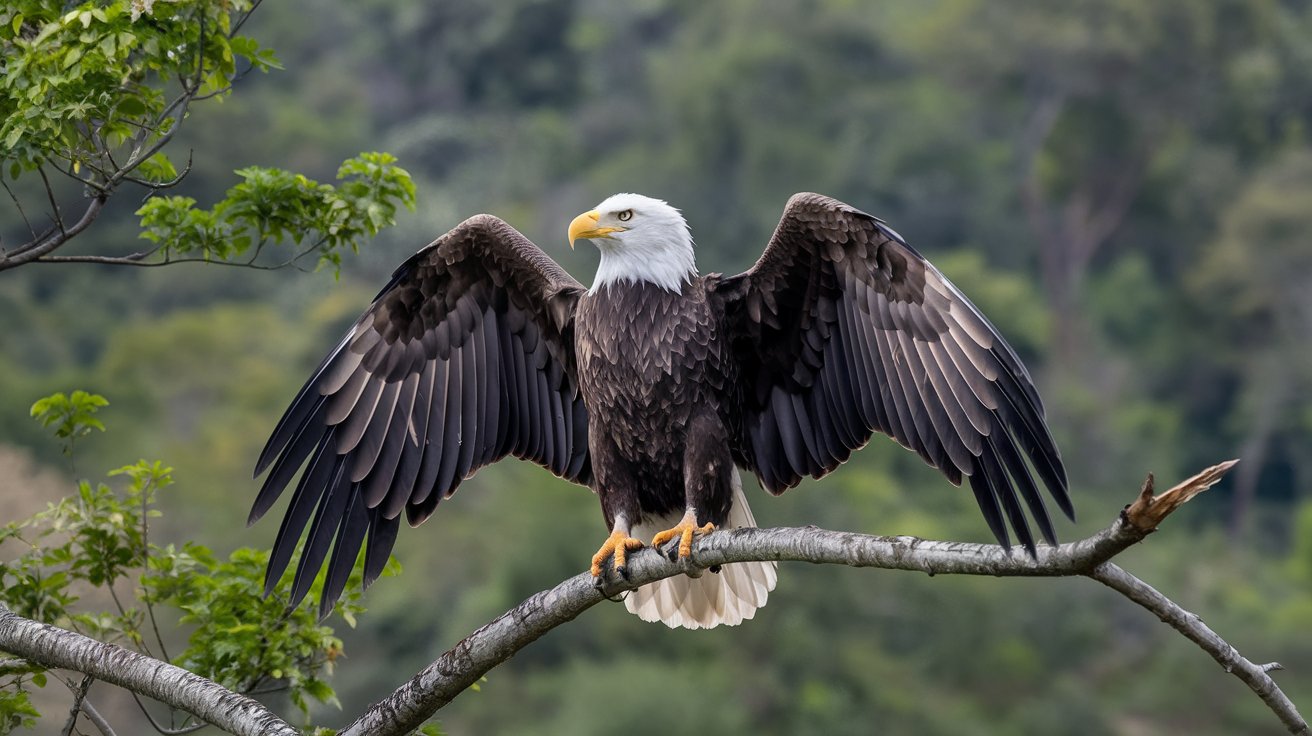Endangered Species List 2025: Complete US Wildlife Guide
The endangered species list for 2025 reveals alarming statistics about wildlife conservation in the United States. Currently, over 1,600 species are listed under the Endangered Species Act, with many facing imminent extinction. This comprehensive guide provides the most current endangered animal data, including critically endangered species and their conservation status across America.
Current Endangered Species List 2025: Latest Statistics
The endangered species list 2025 shows significant changes from previous years, with 1,677 species currently protected under federal law in the United States. The Fish and Wildlife Service updates this list quarterly, reflecting new research and population assessments. Critically endangered species now represent 35% of all listed animals, marking the highest percentage since the Act’s inception in 1973.
Recent additions to the endangered animals chart include several butterfly species, freshwater mussels, and bird populations affected by climate change. The current classification system divides species into endangered, threatened, and species of concern categories, with endangered species facing the highest risk of extinction in the wild.
Top 10 Most Endangered Animals in America
Understanding the most endangered species helps prioritize conservation efforts and funding allocation. These animals represent diverse ecosystems across the United States, from marine environments to prairie grasslands.
Marine and Aquatic Endangered Species
The North Atlantic Right Whale leads marine endangered animals with fewer than 340 individuals remaining. These massive mammals face threats from ship strikes and fishing gear entanglement. The Hawaiian Monk Seal population has stabilized at approximately 1,570 individuals, representing a conservation success story through dedicated protection efforts along Hawaiian coastlines.
Terrestrial Critically Endangered Animals
The Amur Leopard maintains the title as the world’s most endangered big cat, with only 200-250 individuals globally, though none currently exist in US territories. Domestically, the Florida Panther represents our most endangered large mammal with approximately 200 adults in the wild, all confined to South Florida ecosystems.
American Burying Beetle Conservation Status
The American Burying Beetle exemplifies successful endangered species recovery programs in the United States. Once found across 35 states, this distinctive insect now inhabits only small populations in Nebraska, South Dakota, Oklahoma, and Rhode Island. Recent conservation efforts have increased population stability through habitat restoration and captive breeding programs.
These endangered animals serve as crucial ecosystem indicators, recycling nutrients through carrion consumption. The species requires specific soil conditions and carrion availability, making them particularly vulnerable to habitat fragmentation and agricultural practices across their historical range.
Why Are American Burying Beetles Endangered
Habitat loss represents the primary threat to American Burying Beetles, with agricultural conversion eliminating 90% of their historical habitat. Pesticide use, artificial lighting, and competition from other scavenging species further reduce their survival rates. Climate change affects carrion availability and soil temperature, essential factors for their reproductive success.
Recovery Efforts and Population Trends
Current endangered species list data shows American Burying Beetle populations have stabilized in protected areas. The Cincinnati Zoo’s captive breeding program has successfully reintroduced over 5,000 individuals since 2012. Federal protection allows for continued monitoring and habitat acquisition to support long-term population recovery.
Black Rhinoceros: Global Impact on US Conservation
While Black Rhinos don’t naturally occur in the United States, American zoos and conservation organizations play crucial roles in their survival. The current global population stands at approximately 6,195 individuals, representing a significant recovery from the 1990s low of 2,300 animals. US institutions participate in international breeding programs and provide substantial funding for African conservation efforts.
Why Are Black Rhinos Endangered
Poaching for horn trade remains the primary threat to Black Rhino populations, with horns valued at $65,000 per kilogram on illegal markets. Habitat loss and human-wildlife conflict compound these pressures. Despite international protection efforts, organized criminal networks continue targeting remaining populations across Africa’s national parks and reserves.
US Conservation Contributions
American zoos house 85 Black Rhinos in Species Survival Plan programs, maintaining genetic diversity through carefully managed breeding. The US Fish and Wildlife Service provides over $2 million annually for anti-poaching efforts and community-based conservation programs in rhino range countries, demonstrating America’s commitment to global endangered species protection.
Axolotl Conservation: From Mexico to American Research
The Axolotl represents one of nature’s most remarkable species, existing primarily in laboratory settings while facing extinction in wild habitats around Mexico City. American research institutions house thousands of these critically endangered species for medical research, studying their unique regenerative abilities that could revolutionize human medicine.
Why Are Axolotls Endangered
Urban development has destroyed 95% of Axolotl habitat in Mexico’s lake system. Water pollution, invasive fish species, and habitat fragmentation have reduced wild populations to fewer than 1,000 individuals. These endangered animals require specific water conditions and temperatures that are increasingly rare in their native environment.
American Research and Conservation Efforts
US laboratories maintain over 100,000 Axolotls for research purposes, representing the largest captive population globally. American scientists collaborate with Mexican conservationists on habitat restoration projects, investing in water treatment systems and invasive species removal. These efforts could provide the foundation for future reintroduction programs in restored lake systems.
How Many Endangered Species Are Left Globally
Current estimates suggest over 41,000 species face extinction risk globally, with endangered species representing approximately 16,000 of these. The International Union for Conservation of Nature maintains the comprehensive Red List, tracking population trends and conservation status for species worldwide. In the United States, threatened species and endangered classifications protect 2,244 species under federal law.
Population monitoring reveals that many endangered animals continue declining despite protection efforts. Climate change accelerates extinction risks, with projections suggesting 20-50% of current species could face extinction by 2100 without immediate intervention. These statistics underscore the critical importance of continued conservation funding and habitat protection initiatives.
Related video about endangered species list
This video complements the article information with a practical visual demonstration.
Everything you need to know about endangered species list
What is the 10 most endangered animals in the US?
The top 10 most endangered animals in America include the North Atlantic Right Whale, Florida Panther, American Burying Beetle, Whooping Crane, California Condor, Hawaiian Monk Seal, Red Wolf, Kemp’s Ridley Sea Turtle, Jaguarundi, and Ocelot. These species have fewer than 1,000 individuals remaining in the wild.
What is the current most endangered animal in 2025?
The Amur Leopard currently holds the title as the world’s most endangered big cat with only 200-250 individuals remaining globally. In the US, the North Atlantic Right Whale is considered the most critically endangered marine mammal with fewer than 340 individuals.
What is the 1st most endangered animal ever recorded?
The Passenger Pigeon represents the most documented extinction in modern history, declining from billions to zero between 1870-1914. Currently, the Vaquita Porpoise in Mexico’s Gulf of California is considered the most endangered marine mammal with fewer than 20 individuals remaining.
How many endangered species are left in the United States?
The United States currently protects 1,677 endangered and threatened species under the Endangered Species Act as of 2025. This includes 1,264 endangered species and 413 threatened species across various taxonomic groups including mammals, birds, fish, reptiles, amphibians, and invertebrates.
What makes a species critically endangered versus endangered?
Critically endangered species face extremely high extinction risk with population declines exceeding 80% over three generations or fewer than 250 mature individuals remaining. Endangered species have population declines of 50-80% or fewer than 2,500 mature individuals, representing the next level of extinction risk.
How often is the endangered species list updated?
The US Fish and Wildlife Service reviews and updates the endangered species list quarterly, with formal assessments conducted annually. New species can be added throughout the year based on scientific evidence, while recovery success occasionally allows species to be downlisted or delisted entirely.
| Conservation Category | Current US Statistics | Protection Benefits |
|---|---|---|
| Endangered Species | 1,264 species protected | Federal legal protection and habitat preservation |
| Threatened Species | 413 species monitored | Early intervention prevents extinction |
| Recovery Success | 54 species delisted | Demonstrates conservation effectiveness |
| Critical Habitat | 766 species have designated areas | Ensures ecosystem preservation |






